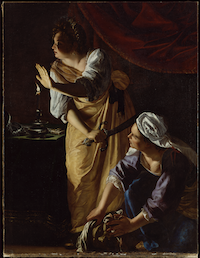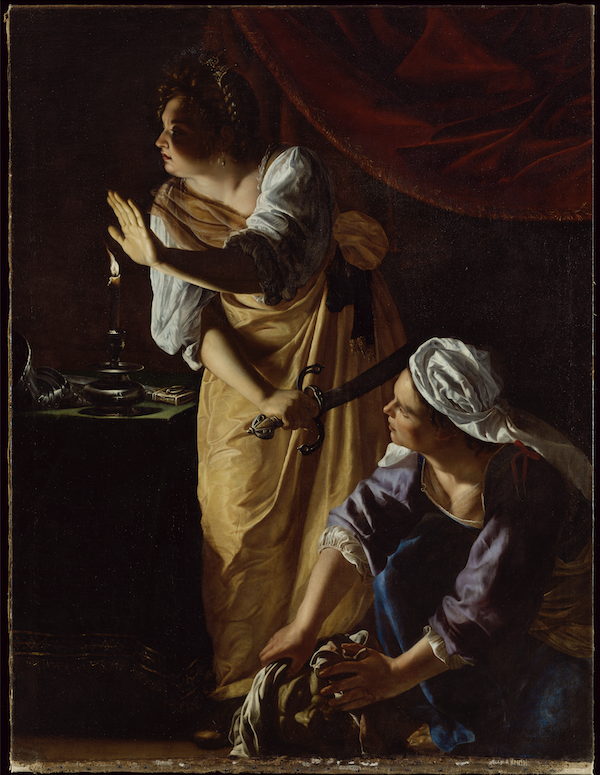
KANSAS CITY, Mo. – A focus exhibition at the Nelson-Atkins Museum of Art offers dramatic insight into the representation of female role models from 1480s to 1720s Europe. Fierce Women: Artemisia Gentileschi and the Women Worthies opens Feb. 25 and closes July 23 and has, as its centerpiece, a monumental painting by female artist Artemisia Gentileschi on special loan from the Detroit Institute of Arts.
“The rise of women rulers across Europe in the 1600s contributed to the tremendous popularity of strong female subjects in art,” said Julian Zugazagoitia, Menefee D. and Mary Louise Blackwell CEO & director of the Nelson-Atkins. “Patrons commissioning work at that time were no doubt drawn to Gentileschi’s rare status as a successful woman artist who was working in what was then a man’s world.”
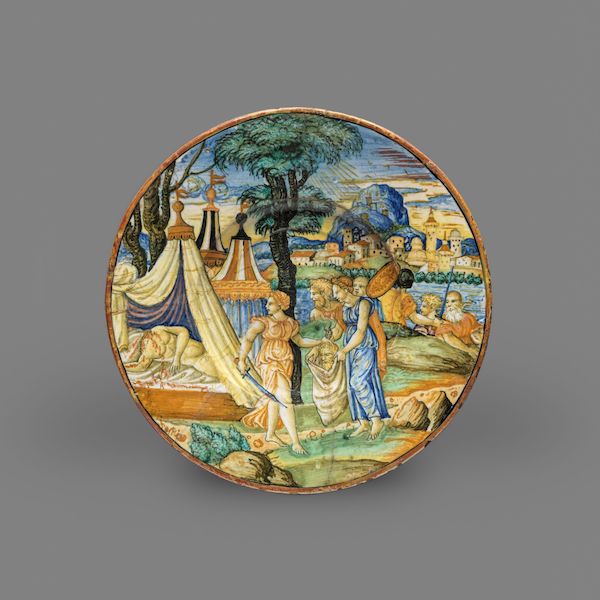
Judith and Her Maidservant with the Head of Holofernes depicts one moment from the biblical story of Judith, who beheaded the general of an invading army to save her city. Considered one of the most accomplished artists of the Baroque era, Artemisia Gentileschi was known for painting women with exceptional fortitude and vulnerability, including Judith, Esther and Susanna, among others, who take center stage in this presentation.
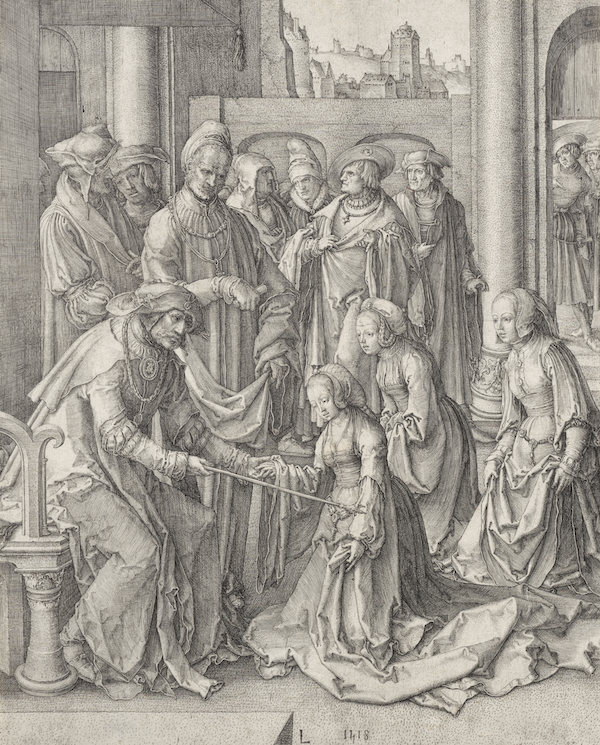
“As a gifted storyteller, Gentileschi created incredibly powerful works from a female perspective, getting under the skin of her subjects and putting their emotions and experiences to canvas,” said Aimee Marcereau DeGalan, Louis L. and Adelaide C. Ward senior curator, European arts and curator of this exhibition. “She represented fierce women throughout her career, highlighting their intelligence, courage, and mortality, in a way many of her peers could not.”
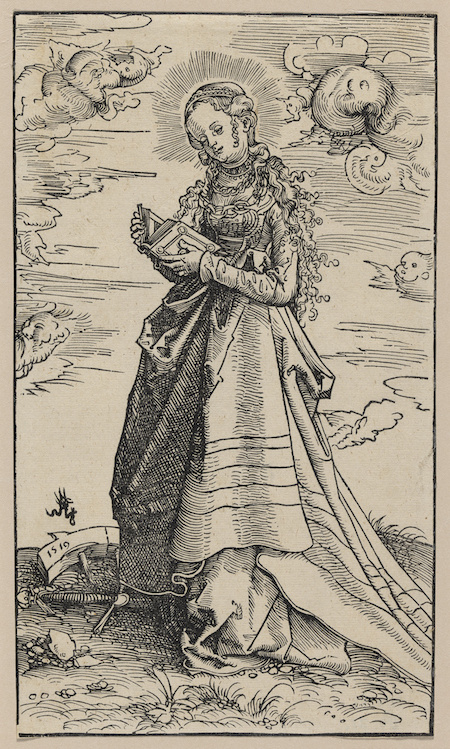
The exhibition highlights “women worthies,” a group of heroines with remarkable intellectual, civic, military and moral accomplishments. These women came from Jewish, Christian and ancient mythological stories, which artists and writers shared across Europe starting in the 1300s. They became public role models for women’s behavior, offering striking examples of female capabilities. The examples of women worthies in the exhibition in prints, drawings, and decorative arts, include Biblical characters (Judith, Esther, Susanna and Mary Magdalene) and Christian martyrs (St. Catherine and St. Cecilia). Artemisia Gentileschi represented all these popular subjects in her work, as did many other artists from the period.
Visit the website of the Nelson-Atkins Museum of Art and see its dedicated page for Fierce Women: Artemisia Gentileschi and the Women Worthies.


